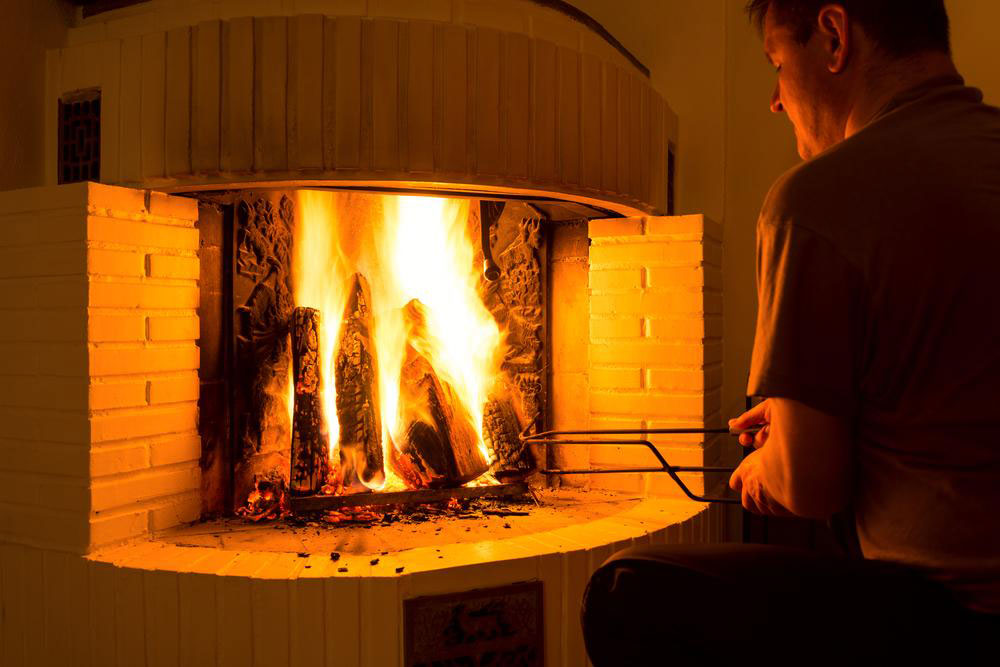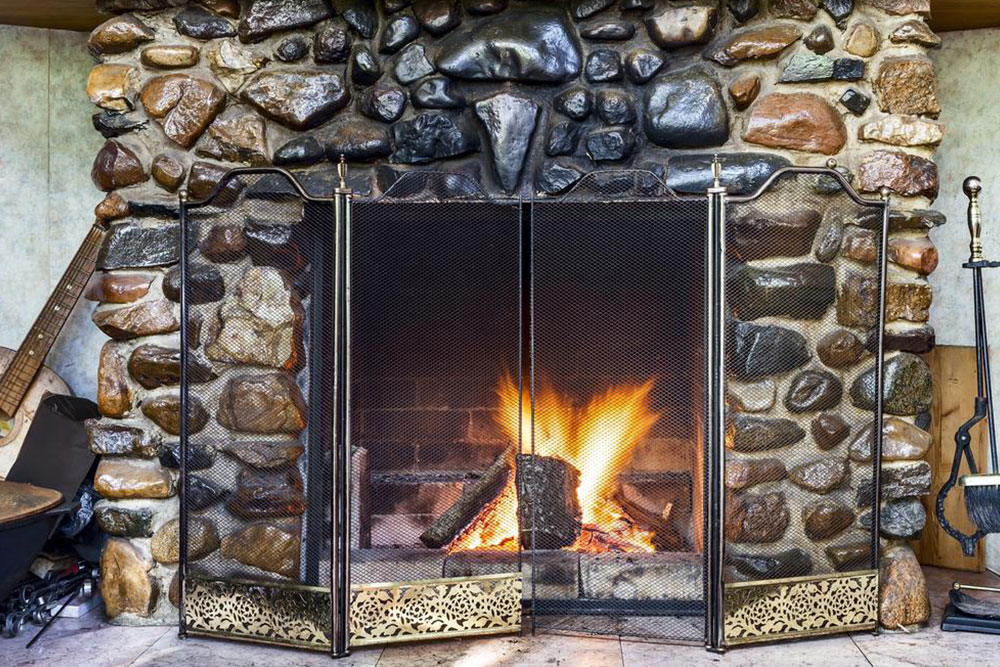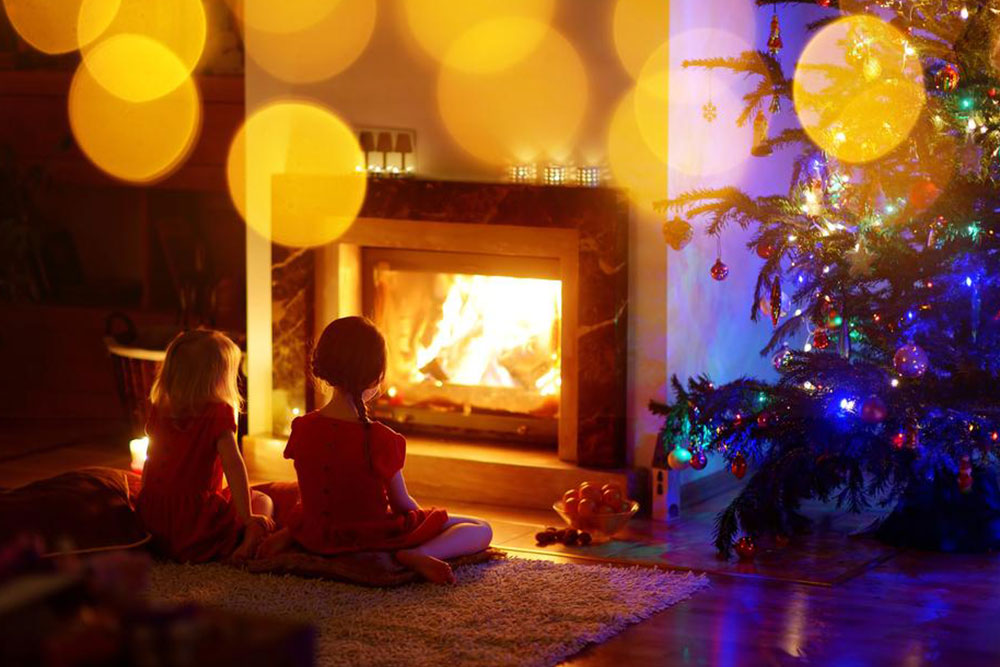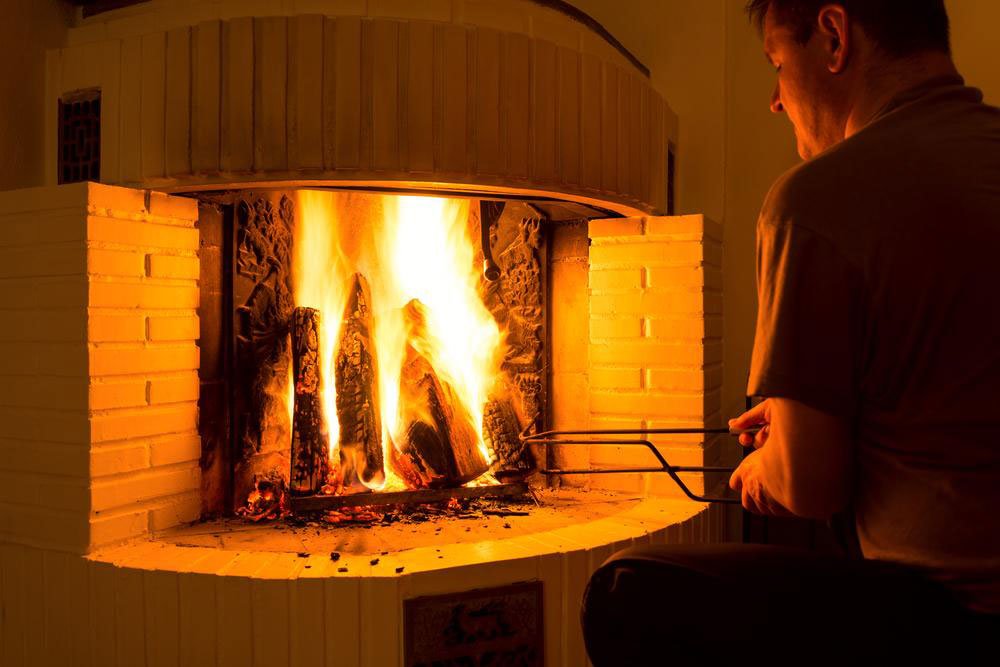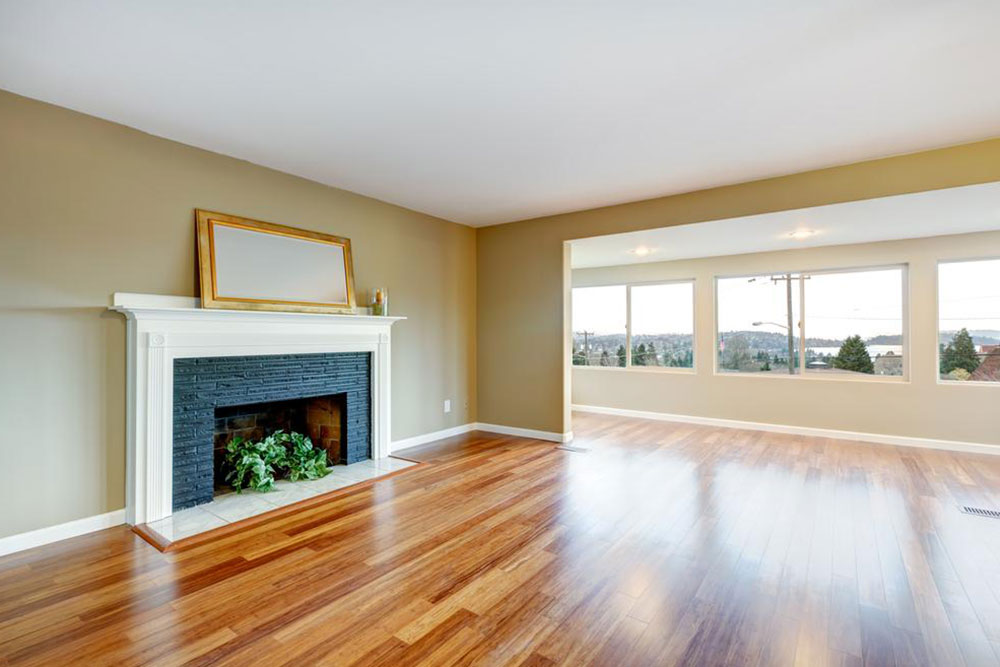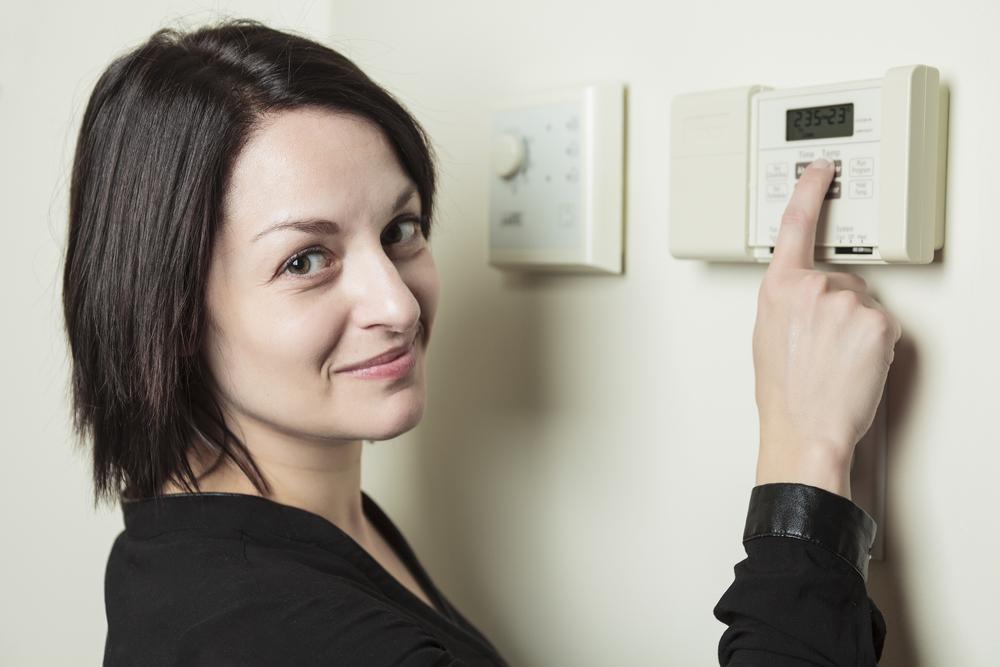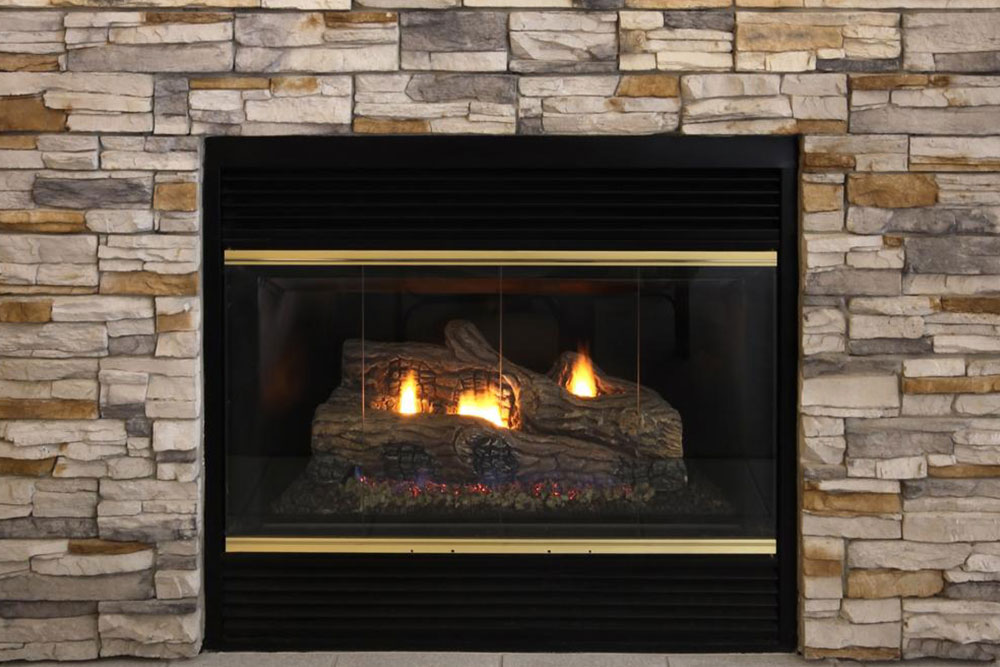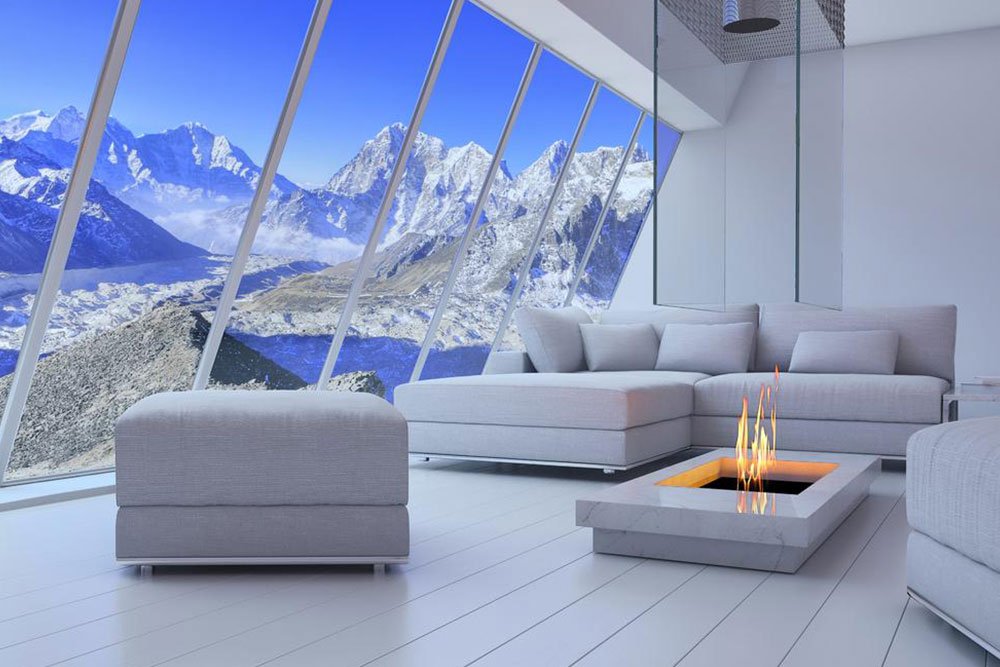Top Myths About Indoor Fireplaces Debunked
Discover the truth behind common myths about indoor fireplaces. From heating efficiency to safety tips, this guide clarifies misconceptions to help you make informed decisions when choosing and maintaining your indoor fireplace. Learn why regular inspections are essential, understand the actual heating capabilities, and explore safe practices for using softwoods. Proper knowledge ensures your fireplace remains a safe, cost-effective addition to your home, enhancing comfort and ambiance without falling prey to misconceptions.
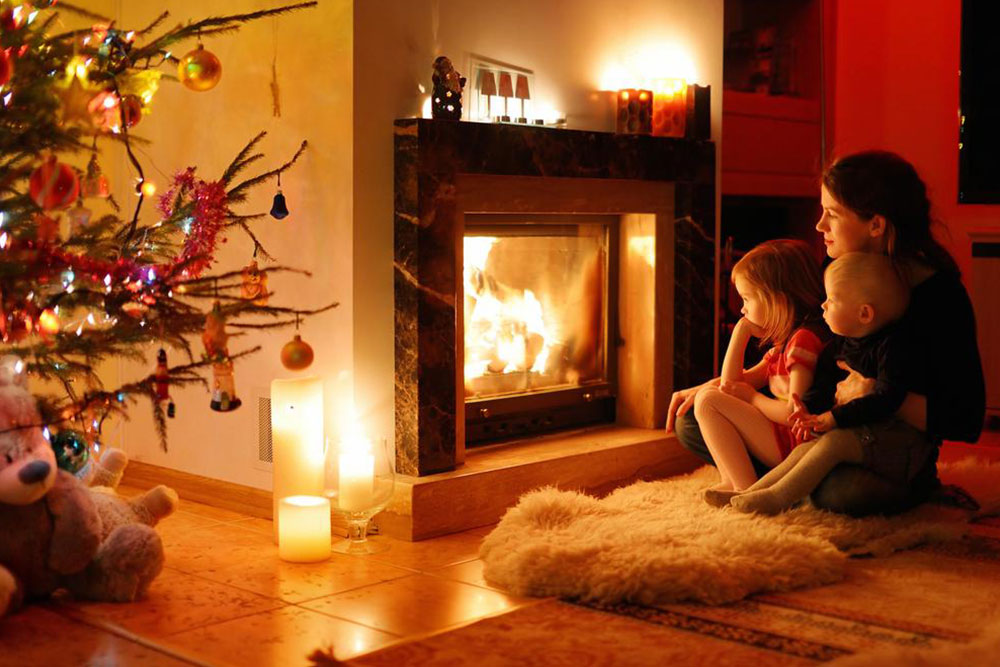
Top Myths About Indoor Fireplaces Debunked
Considering an indoor fireplace? Many people seek a cozy ambiance and efficient heating to enhance their living space. However, several common myths may influence purchasing decisions. Understanding the facts can help you choose the right fireplace for your home.
Indoor fireplaces heat the entire house
In truth, wood-burning fireplaces typically warm only a small area, such as a single room. Most homeowners use fireplaces to create a welcoming atmosphere during cold weather. If you prefer low-maintenance options and avoid buying wood, portable gel fireplaces could be an ideal alternative.
Regular inspections are unnecessary if the fireplace isn’t in use
This is a misconception. Even unused fireplaces need routine checks to prevent pest infestations like rodents or insects. Neglecting maintenance can pose health risks, such as respiratory issues, due to accumulated dirt or mold.
Fireplaces constantly burn efficiently
Actually, fireplaces are among the least energy-efficient heating options. A strong fire can consume over 200,000 cubic feet of air per hour. Cold air influx must be offset by the home's heating system, increasing energy costs. Investing in quality fireplaces and optimizing usage can reduce electricity bills.
Softwoods should be avoided in burning
This is false. Many believe softwoods like pine cause creosote buildup because of their sap content. However, research reveals creosote accumulation occurs from low-temperature fires, not resin presence. Properly seasoned softwoods can be safe and effective for burning.
Maintaining your indoor fireplace’s efficiency involves dispelling these myths. Select high-quality models and keep them well-maintained to enjoy safe and cost-effective heating.

